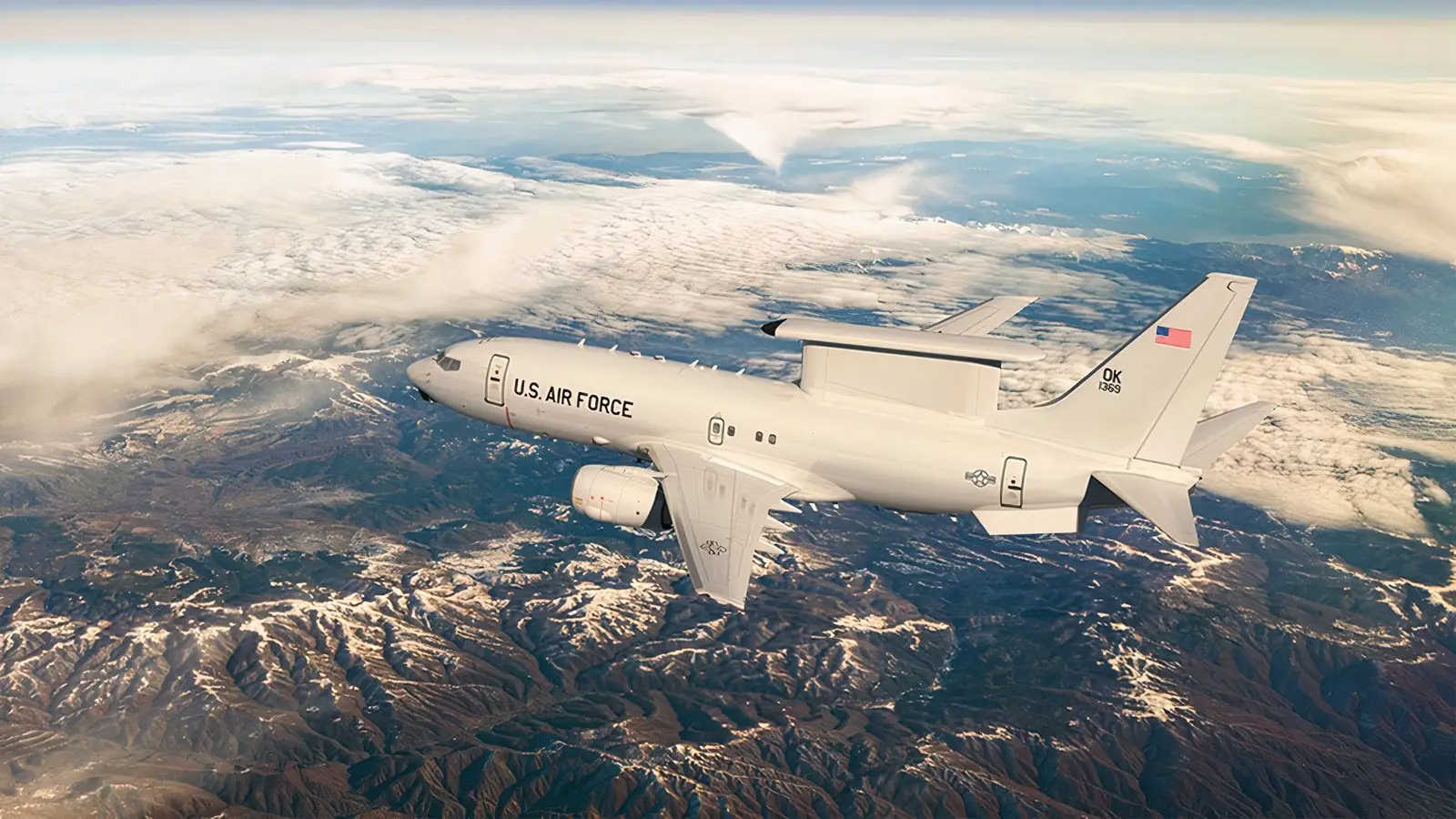
Boeing and the UK Ministry of Defense have confirmed a landmark agreement. In 2026, two prototypes of the U.S. Air Force’s upcoming E-7A Wedgetail airborne early warning aircraft will be assembled in the United Kingdom, as reported by Air Force Technology. The work will be performed by STS Aviation in Birmingham, and this marks the first time in over 50 years that the UK will build military aircraft under contract for the USAF.
The E-7A Wedgetail is intended to replace the USAF’s aging fleet of E-3 Sentry aircraft, many of which are more than four decades old. By basing conversion work in the UK, Boeing can leverage an experienced workforce that is already modifying three Wedgetails for the Royal Air Force. UK officials say the deal is expected to generate more than £36 million for the local economy, support more than 150 direct jobs in Birmingham, and create hundreds more across the broader UK supply chain.
The Plane Being Built In Birmingham
The Birmingham facility will be responsible for converting two Boeing 737-700 airframes into fully functional Wedgetail prototypes. This process includes structural modifications, installation of the Northrop Grumman MESA radar, and integration of complex mission systems for command, control, and surveillance.
STS Aviation Services is already performing similar work for the Royal Air Force, which has three Wedgetails in conversion. That experience provides the foundation for expanding the program to include US aircraft, ensuring that the conversion process can proceed without a steep learning curve. For Boeing, outsourcing this work to the United Kingdom helps accelerate timelines and balance capacity across its global network.
The basic 737 airframes are assembled in Renton, Washington, along with all Boeing 737 aircraft. From there, the aircraft will be flown to Birmingham for the modifications, which is the same process for the British and Australian E-7s. STS’s facility in Birmingham remains the world’s only facility capable of performing the Wedgetail modifications, with no plans for additional plants on the horizon.
The Economic And Strategic Implications
This deal is not just a production agreement, but a signal of confidence in the UK’s aerospace sector. According to the UK Ministry of Defence, the project will sustain hundreds of jobs not only in Birmingham but also across a network of subcontractors, engineering firms, and training programs. It also aligns with the UK’s Defence Industrial Strategy, which emphasizes keeping core capabilities within national borders while expanding export and cooperative opportunities.
Strategically, building the Wedgetail prototypes in the UK underscores the depth of US-UK defense ties. In an environment where global supply chains are stretched, having reliable allied capacity is vital for maintaining readiness. The project further reinforces interoperability, as RAF and USAF Wedgetails will share common platforms and similar production pedigrees, simplifying joint operations in NATO and coalition environments.
The construction of the prototypes may also serve as a proving process for the E-7A. The United States Air Force previously committed to purchasing 26 examples, but the order was cancelled by the Air Force in June over cost concerns. With the construction and delivery of two prototypes, this could allow the USAF to evaluate whether to commit to operating more examples in a larger fleet.
Looking At The Boeing Wedgetail
The Wedgetail is intended to replace the 707-based Boeing E-3 Sentry. The Wedgetail, built on the 737NG platform, offers significantly improved radar coverage, modern avionics, and lower operating costs. The Northrop Grumman MESA radar mounted atop the fuselage provides 360-degree surveillance capability, allowing real-time tracking of airborne, maritime, and land targets.
For the USAF, these improvements are essential. The E-3 fleet has faced persistent readiness challenges, with availability rates often dipping below operational requirements. The Wedgetail, already proven in service with the Royal Australian Air Force and other operators, promises greater reliability and faster deployment timelines. Its smaller, more modern platform makes it easier to base and maintain, particularly in forward-deployed environments.
The choice to build prototypes in the UK also reflects the urgency of the USAF’s modernization push. By tapping into the RAF’s ongoing conversion program, the USAF can accelerate development, reduce risks, and bring new airborne command-and-control capabilities online sooner. The Wedgetail program is now at the center of America’s efforts to maintain situational awareness in increasingly contested airspaces.



